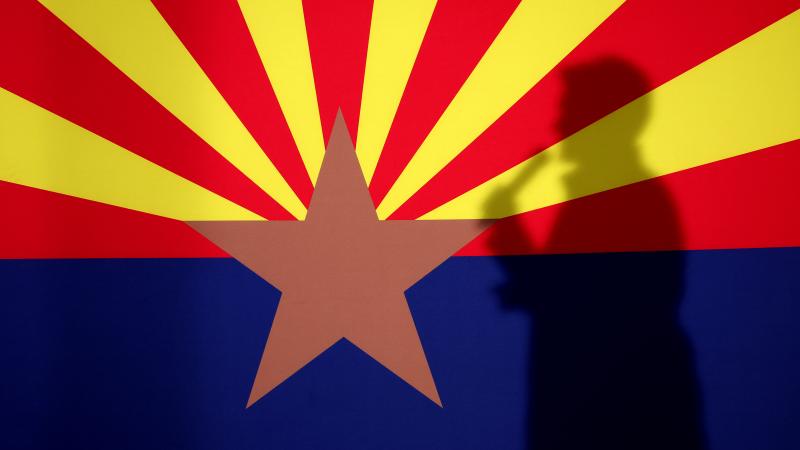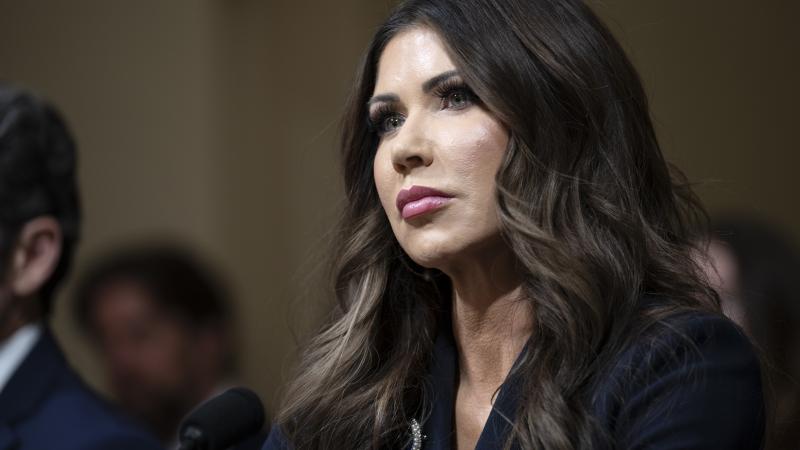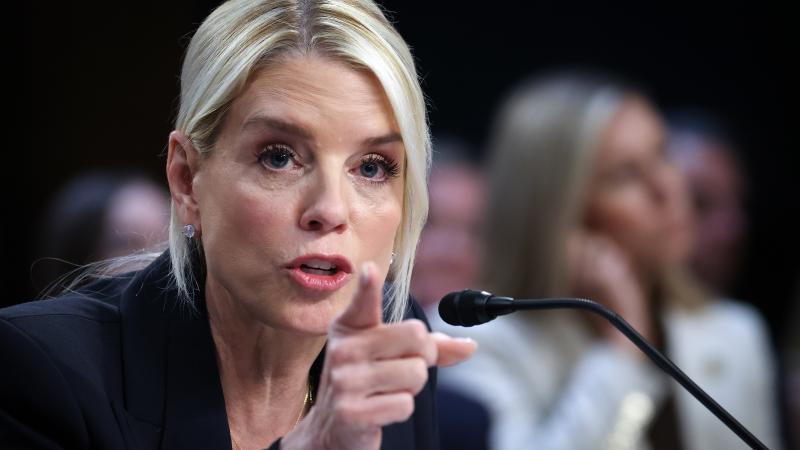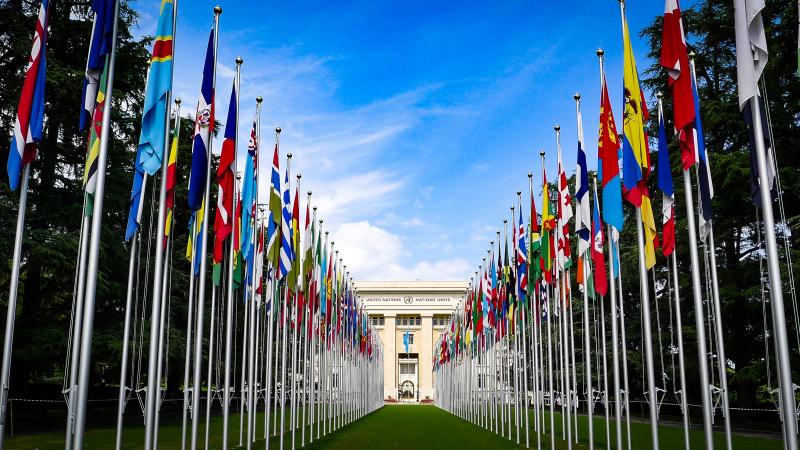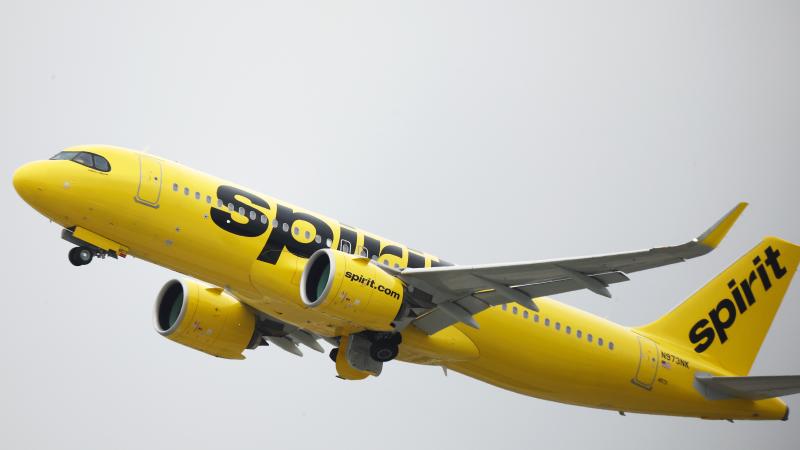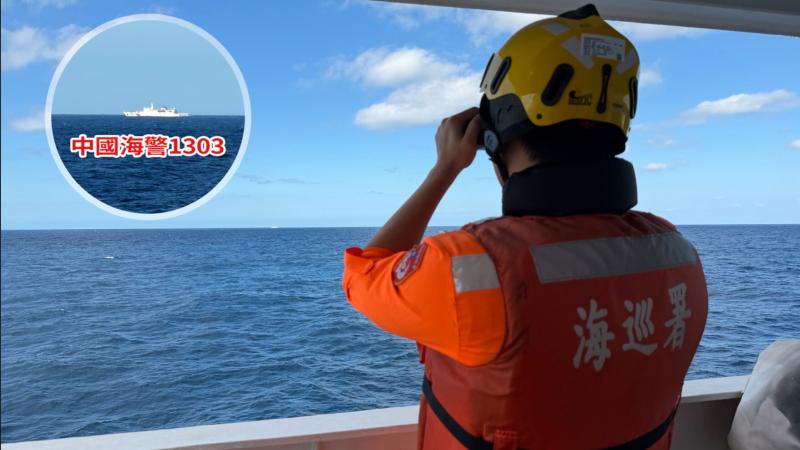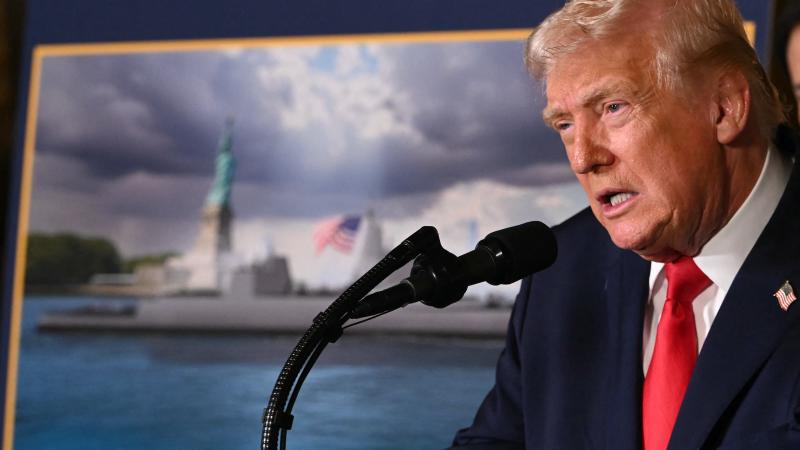New water plan to alleviate drought and protect fish in California unveiled by Biden and Newsom
In a news release, Newsom noted that a priority when determining this new framework was ensuring water supply for all Californians while accommodating endangered fish species.
California Gov. Gavin Newsom and the Biden-Harris Administration reached a long-awaited agreement on the updated rules for the State Water Project (SWP) and the Central Valley Project (CVP), which transfer water from Northern California to other parts of the state, supplying water to millions of Californians.
“The completion of new operating rules for the Central Valley Project is the cornerstone of our efforts to address record drought and changing climate conditions in California,” said Reclamation Commissioner Camille Calimlim Touton. “The plan helps build the state’s resilience to drought, both for water users and the environment. It also dovetails with the significant ecosystem investments and infrastructure projects that Reclamation has funded, including new water storage, capacity improvements, groundwater banking, and the development of a drought plan for the south-of-Delta.”
A new framework has been debated since the Trump Administration updated the rules in 2019.
In a news release, Newsom noted that a priority when determining this new framework was ensuring water supply for all Californians while accommodating endangered fish species.
“We know what the future has in store for our state: hotter hots and drier dries,” the news release says. “That means we have to do everything we can now to prepare and ensure our water infrastructure can handle these extremes. Thanks to the support of the Biden-Harris Administration, California is taking action to make our water systems more resilient and lay the groundwork for new capacity in the future.”
The Bureau of Reclamation looked at four different alternatives, landing on an one that prioritizes water storage in the Shasta Reservoir in order to manage water temperature during years of drought to reduce egg mortality of endangered fish. Additionally, it would reduce deliveries for CVP water service and repayment contracts and Sacramento River Settlement contractors during drought conditions in order to increase storage in the Shasta Reservoir.
“This increased storage would result in higher fall and winter releases in non-drought conditions,” reads the decision by the BOR. “Higher fall and winter releases would improve juvenile Chinook salmon survival during migration down the Sacramento River. In drier years, Alternative 2 reduces fall and winter releases and reduces survival during migration. Loss of juvenile winter-run Chinook salmon at the Delta fish collection facilities is generally similar to the No Action Alternative based on similar Old and Middle River (OMR) flows.”
The alternative also includes an adaptive management program to collaborate with all stakeholders to continuously monitor the science and discuss potential revisions to the operation of the CVP and SWP.
One of the major concerns with the Trump administration’s 2019 regulations was the lack of consideration on how to protect endangered species. However, environmentalists have said that while in some ways better than the former plan, this new Biden-Newsom framework still does not include enough protections for endangered fish species.
The Sierra Club California, Environmental Water Caucus, Planning and Conservation League, California Water Impact Network, Center for Biological Diversity and AquAlliance Defending Northern California Waters submitted comments to the BOR based on the final Environmental Impact Statement (EIS), citing oversight of negative environmental impacts in the final decision.
“The Final EIS still omits critical information on impacts to endangered and threatened species and the environment,” reads the letter. “The public is entitled to a full and fair discussion of significant effects of diversions of freshwater for CVP and SWP operations on endangered and threatened fish species.”
The California Department of Fish and Wildlife has found that poor water quality and drought in the Sacramento River watershed and Bay Delta have brought endangered fish close to extinction and the statement from the environmental groups notes that the proposed operations would “likely” push the sensitive species even closer to extinction.
“The Final EIS still fails to include mitigation for all the species that will experience impacts. Rather, the Final EIS still proposes mitigation for only three species – bank swallow, foothill yellow-legged frog, and northwestern pond turtle – excluding numerous others,” reads the statement. “Reclamation offered the generic excuse that ‘NEPA is a procedural requirement and does not require compensatory mitigation for potential impacts.’ However, while NEPA does not require compensatory mitigation, it does require 1) an explanation supporting why Reclamation found only some terrestrial species would be impacted, and 2) a discussion of mitigation measures to offset those impacts, with ‘sufficient detail to ensure that environmental consequences have been fairly evaluated.’”
While the BOR created mitigation efforts that will supply more water for spawning, resulting in more fish being born, environmentalists say the decision lacks a plan to protect the fish after that, risking the mortality of juvenile fish. Other opposition comes from the Westlands Water District, the nation's largest agricultural supplier that delivers water to Fresno and Kings counties, who will see cuts to their water supply.
“It overlooks broader economic ripple effects, particularly on businesses dependent on agriculture workers,” reads a statement from the district.
However, President Donald Trump may alter these rules after promising California a “giant faucet” of water, saying that the endangered smelt are “not making it anyway,” during a campaign.



